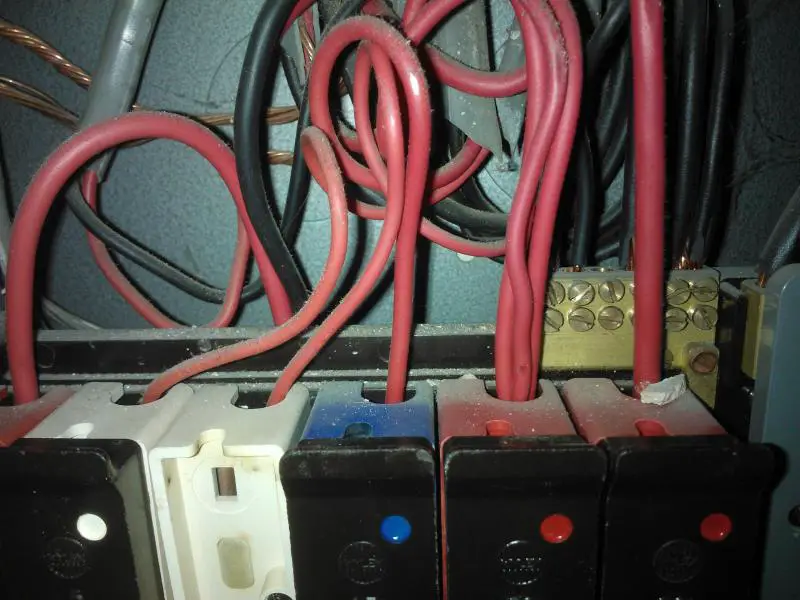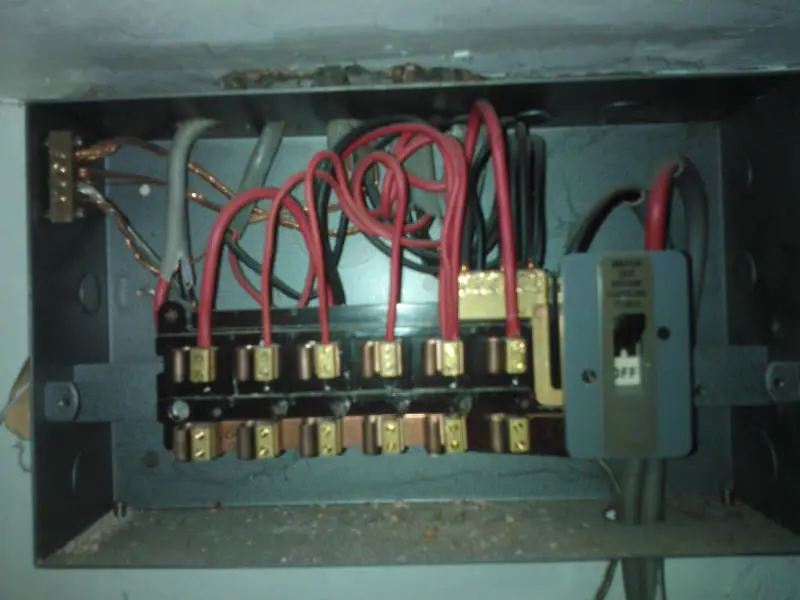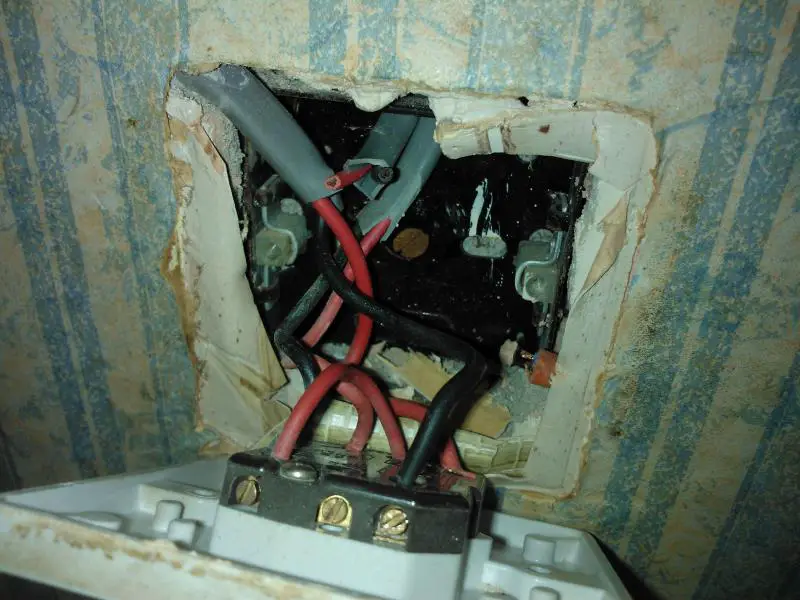Firstly, my fuse box has 6 fuses (see picture). There's a fuse for circuits as follows and in order from left to right; shower, d/stairs lighting, u/stairs lighting, water heater, plug sockets, cooker.
I was replacing a couple light switches around the house today and decided to pull all the fuses except the fuse for the sockets as I wanted to keep some stuff running.
But I noticed that as well as the plug sockets, the combi boiler was on too, which I would have thought would run on a different circuit to the sockets.
I would have assumed it would run through the 'Water Heater' fuse at the fusebox as we had the combi boiler installed in place of the old water heater etc in 1997.
Out of curiosity, I went and pulled the fuse for the plugs out and instead put in the fuse for the 'water heater'. When I did this, all the plug sockets and the combi came on.
Is it dangerous to have the boiler on the same circuit (seemingly) as all the sockets, and how would two separate fuses control the exact same circuits?
I was replacing a couple light switches around the house today and decided to pull all the fuses except the fuse for the sockets as I wanted to keep some stuff running.
But I noticed that as well as the plug sockets, the combi boiler was on too, which I would have thought would run on a different circuit to the sockets.
I would have assumed it would run through the 'Water Heater' fuse at the fusebox as we had the combi boiler installed in place of the old water heater etc in 1997.
Out of curiosity, I went and pulled the fuse for the plugs out and instead put in the fuse for the 'water heater'. When I did this, all the plug sockets and the combi came on.
Is it dangerous to have the boiler on the same circuit (seemingly) as all the sockets, and how would two separate fuses control the exact same circuits?





